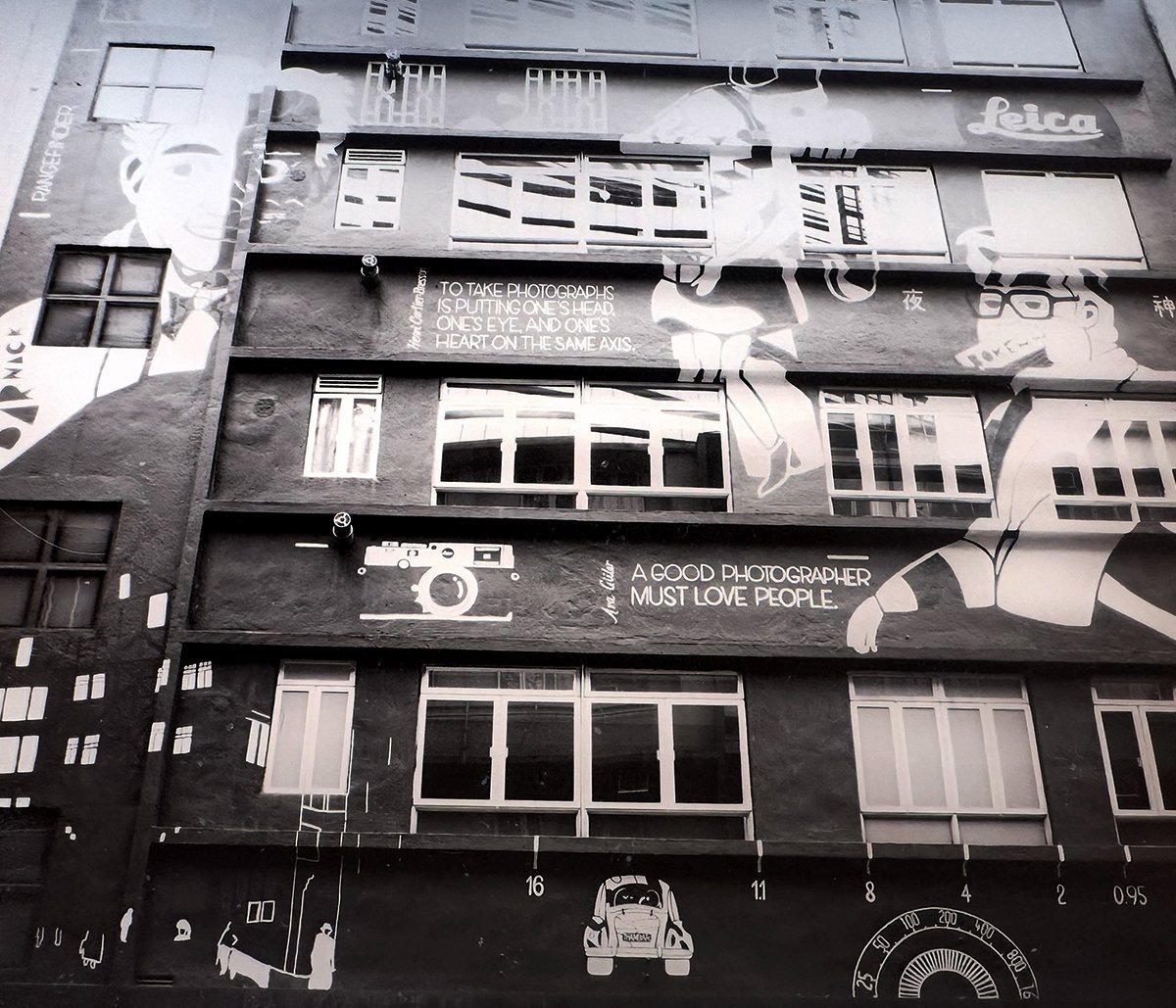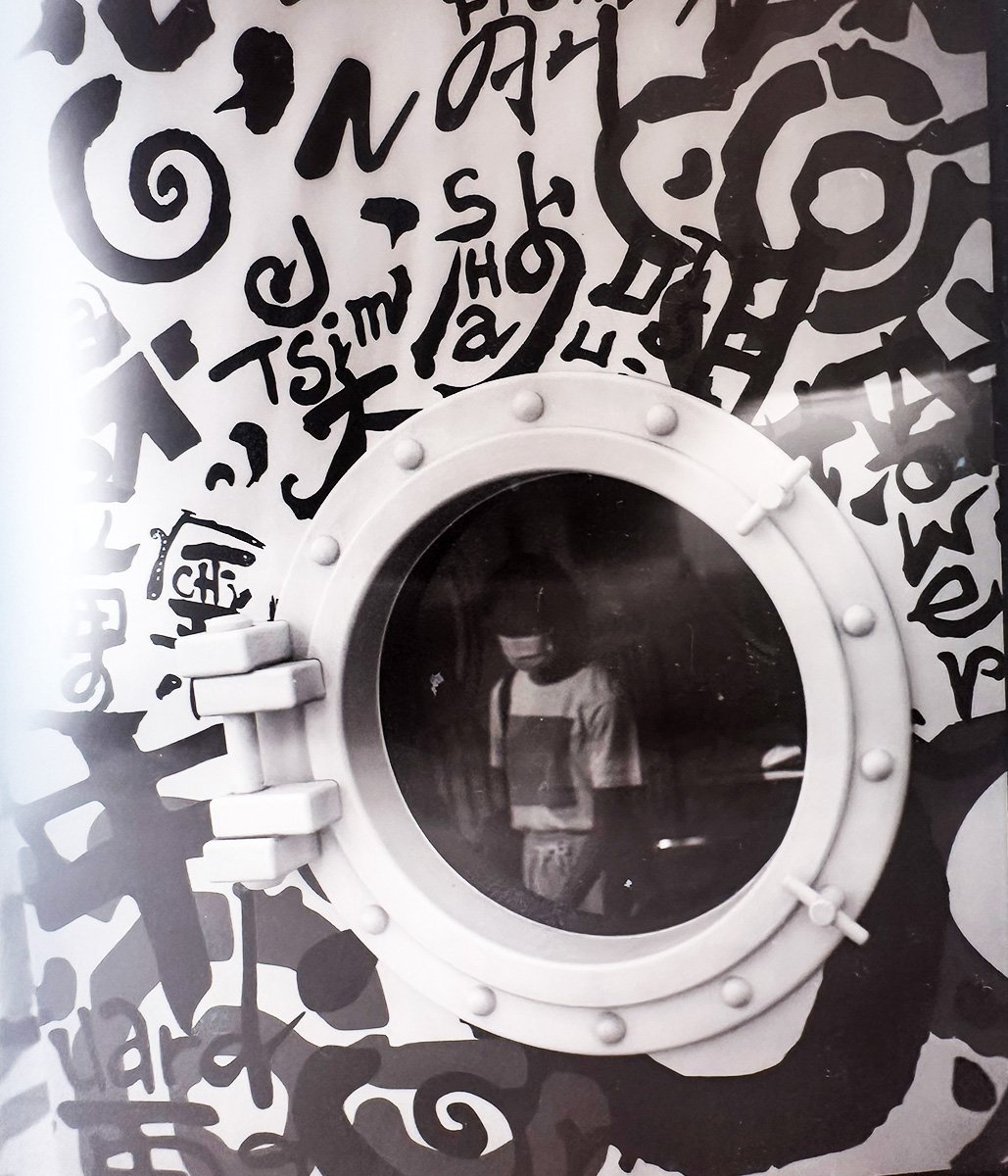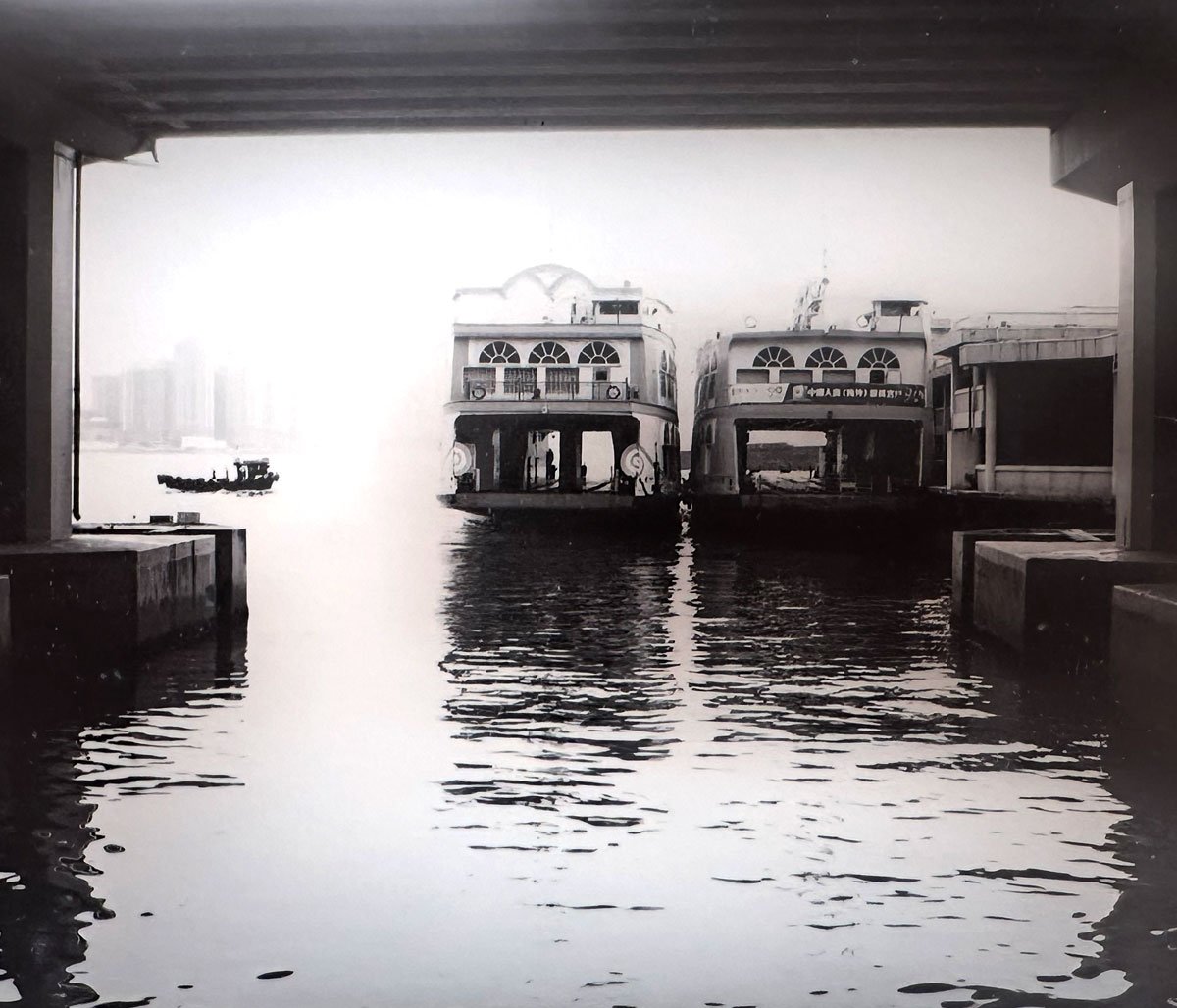Charm and Enjoyment of the Plaubel Makina 67
Film cameras have an undeniable allure, with their charisma and rich histories. The Plaubel Makina 67, an analog medium format rangefinder, stands out as a legendary camera. Blending German and Japanese craftsmanship, the Makina 67 has captivated photographers worldwide. This blog post will delve into what makes the Plaubel Makina 67 so enjoyable, focusing on its unique design, tactile operation, superior image quality, and value proposition.
The Plaubel Makina lineage can be traced back to 1902 when Plaubel & Co, a German lens manufacturer, began producing advanced rangefinder-coupled press cameras. In 1974, Kimio Doi, the owner of Doi Camera in Japan, acquired the Plaubel brand and sought to create an evolved version of the German press camera using the best Japanese technology. The result was the Plaubel Makina 67, with production handled by Konica and later Mamiya.
The Plaubel Makina 67 exhibits an elegant, simplistic design reminiscent of an oversized compact camera. Its soap bar shape, smooth surfaces, and big lens face make it an instant classic. The collapsible bellows mechanism, known as the 'lazy tongs,' adds to its charm and portability. When folded down, the Makina becomes incredibly compact, fitting easily into a small shoulder bag—a key feature that sets it apart from larger medium-format cameras.
The Makina 67's rangefinder system provides a distinctive shooting experience. The camera's operation is unique, devoid of automation, and embracing mechanical clicks and clacks. Focusing, film advance, shutter release, and metering are achieved through a dial on the top right of the camera, offering a seamless shooting process. While focusing can be challenging due to parallax error, Makina rewards methodical users and enthusiasts with its novelty and usability.
Equipped with an outstanding 80mm f/2.8 Nikkor lens, the Makina 67 produces remarkable image quality. The lens renders scenes beautifully, offering a slightly broader perspective ideal for storytelling and portraiture. The lens's large 6x7 image format provides significant subject separation and smooth out-of-focus areas, even at wider apertures. Colors appear vivid and warm, while fine detail is resolved with precision.
While the Makina 67 is well-made and solid, it may have potential mechanical issues. Handling the delicate bellows is essential to avoid pinholes and light leaks. The light meter, known to fade over time, does not impact the camera's overall functionality. The film winder requires a delicate operation to prevent damage. Proper care and handling are crucial to minimize wear on mechanical parts and ensure the camera's longevity.
preparing the scanning from the Plaubel Makina and Washi I 80 film images and from a Hasselblad with Kodak b/w film
The Plaubel Makina 67 offers a compelling value proposition despite potential drawbacks and repair costs. Compared to other rangefinder cameras like the Leica M6 or Mamiya 7, the Makina provides superior image and build quality at a relatively lower price. Its unique design and medium format capabilities make it highly desirable for enthusiasts and travelers seeking an enjoyable shooting experience.
The Plaubel Makina 67 lives up to its legendary status. Its visual appeal, portability, tactile operation, and superb image quality make it a delightful camera. While it may have some mechanical vulnerabilities, proper care and handling can ensure longevity. Despite the initial investment, the Plaubel Makina 67 offers a value proposition that is hard to match, standing out among its rangefinder counterparts. For those seeking an optomechanical masterpiece that embraces the joys of film photography, the Plaubel Makina 67 is an excellent choice.
Images from Hong Kong - taken with Washi I ISO 80 film. Washi I is a unique black and white film offered by Film Washi from France. Originally designed for industrial X-ray examinations, it lacks an antihalation layer and possesses remarkable properties. The film's orthochromatic sensitization and ISO sensitivity of 80 allow for well-exposed monochrome images. It is cast on a polyester carrier with a removable blue tint, providing flexibility in post-processing. Washi I exhibits fine grain and pronounced contrasts, resulting in striking compositions. It has been widely used in Hong Kong to capture its vibrant cityscape. With its distinct aesthetic qualities, Washi I offers photographers a creative tool for analog photography.





